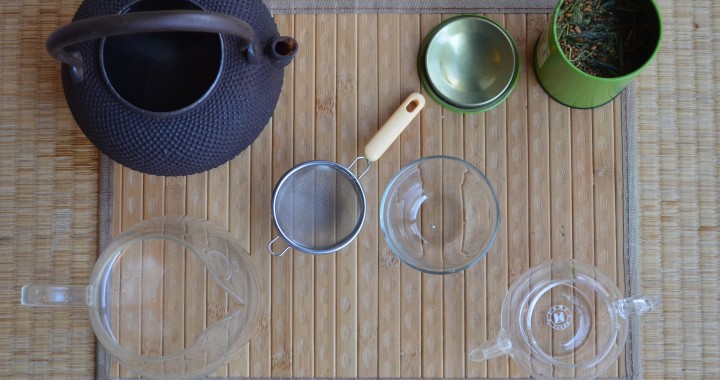An Alternative Way Of Brewing Green Tea
As the previous article explains that it is more reliable to use traditional Japanese teapots, such as Kyusu and Houhin, to bring out the tea’s full potential flavor, using alternative methods shouldn’t cause too much of a concern. Although the leaves may not open completely, they can still pack a punch. If brewed properly, it is still mouth-watering enough to nearly match the result of a Kyusu and Houhin.
Step 1: Picking The Green Tea (Leaf-Water Ratio)
Japanese green tea varies greatly, from Hojicha, Genmaicha to Gyokuro and Sencha, with each type having its own unique flavor. For example, Kabuse Sencha gives out such delicat and sweet taste while Hojicha brings a fairly toasty and earthy taste. Now, the leaf-water ratio will depend on the type of green tea used:
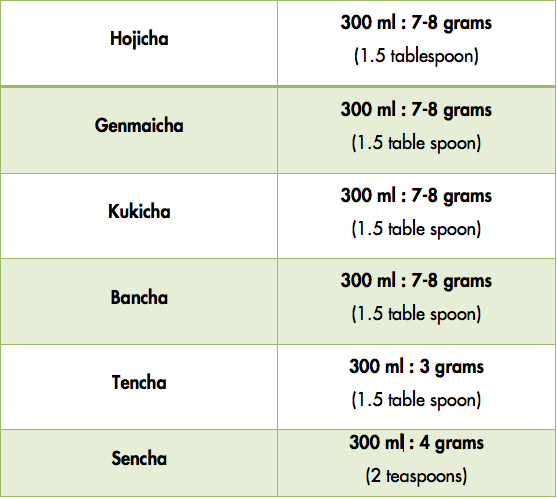
b
Step 2: Getting The Right Water Temperature
The water temperature needed to brew varies according to the type of green tea used. As a starting point, heat water until boiling point. It is important to note that transferring water from one cup to another can decrease the water temperature by approximately 10 degrees.
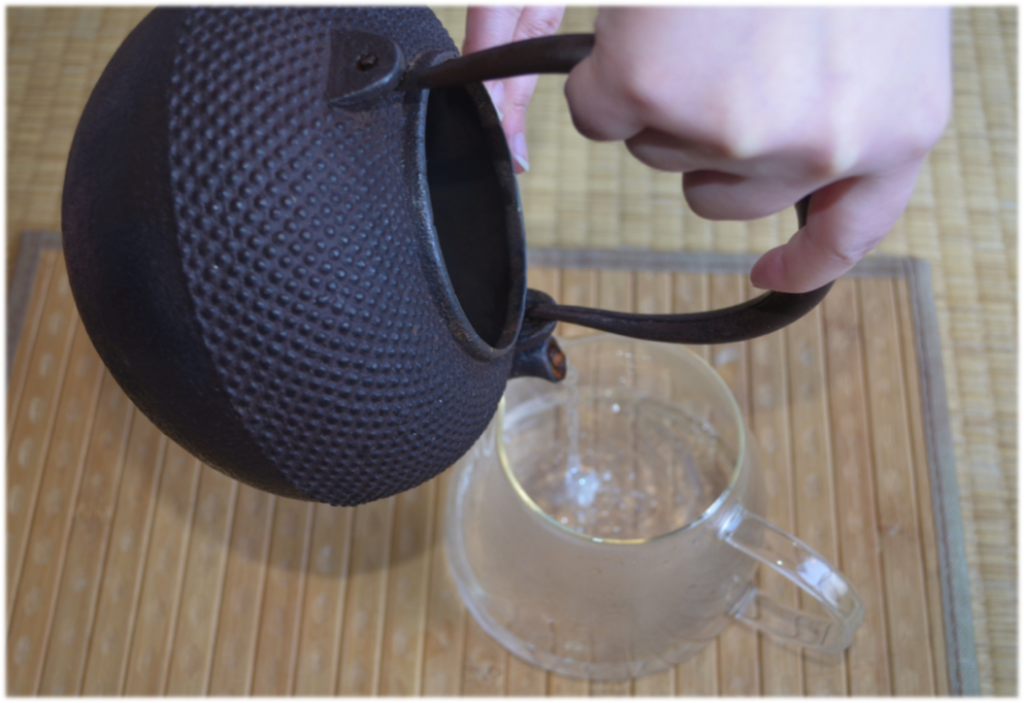
Sencha
Sencha is served best when brewed at 50–70°C / 120–158°F. Again, you can reach this temperature from boiling point by cooling the water in a small pitcher for around 4.5-5 minutes (300 ml).
Hojicha, Genmaicha, Bancha, and Kukicha
These types of green tea are served best when brewed at 80-95°C / 176-203°F. There are two ways to prepare the water temperature. One is by steeping at near boiling point, around 90-95°C / 194-203°F. Another way is to steep it a lower water temperature, approximately 80-89°C / 176-192°F. You can reach this temperature from boiling point by cooling the water in a small pitcher for around 0.5-1 minutes (300 ml).
Depending on their own preferences, some would rather have it served hotter than others.
Tencha
Tencha is brewed at 70-80°C / 158-176°F. To reach this temperature, cool the water in a small pitcher for around 1.5-2 minutes (300 ml).

*Note: the amount of water volume affects the time taken for cooling down. Hence, it is wiser to use a thermometer in order to reach the proper temperature. Furthermore, as pitchers may be made from different materials, glass, clay, waiting time might differ too.
u
Step 3: Steeping Time
Two important notes to take, when steeping, are that stirring and covering the pot with a lid or alike is not recommended. It is best to leave the leaves steep on their own. In addition, steeping too long might affect the end result, such as making the taste too bitter than it should have been. Therefore, steeping should be consider around:
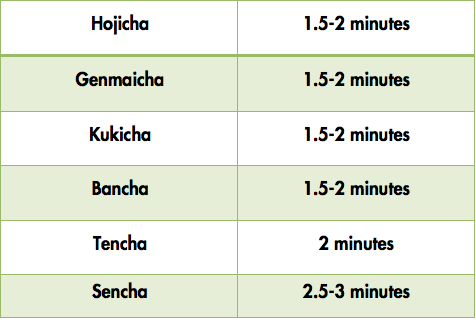

*Note: For a very strong flavor, try steeping the longest recommended time span. For a milder taste, try steeping the shortest recommended time span.
a
Step 4: Straining
With a strainer, pour small amount of tea at a time into each teacup to acquire an equal amount of the tea’s flavor.
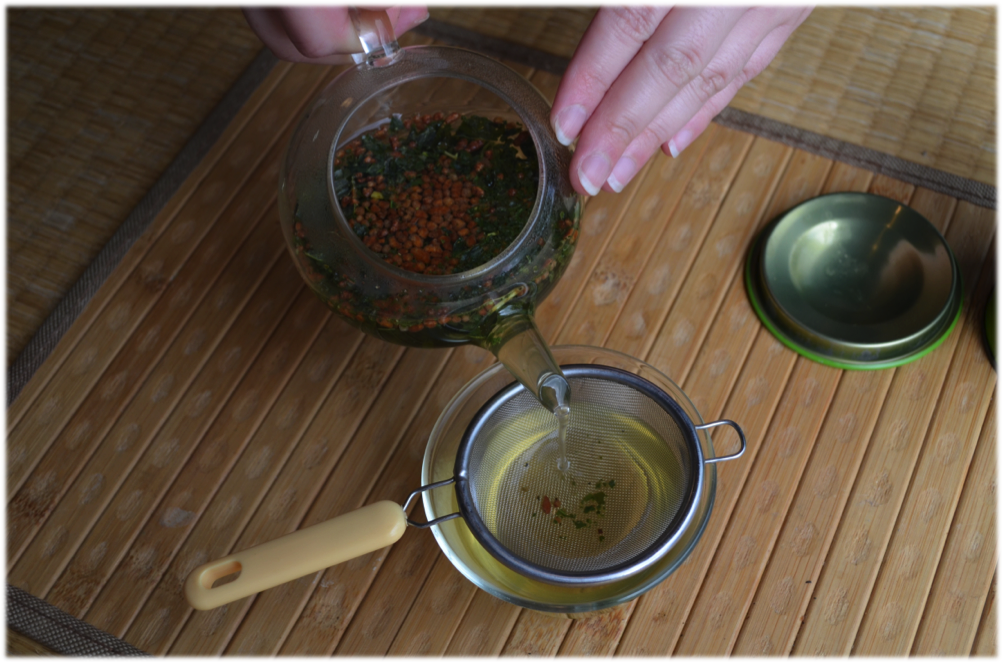
a
Step 5: Re-Steeping
One final thought to be considered is that green tea can be steeped 3 times before the flavor dissipates. One rule to notice is that higher water temperature is needed to re-steep.
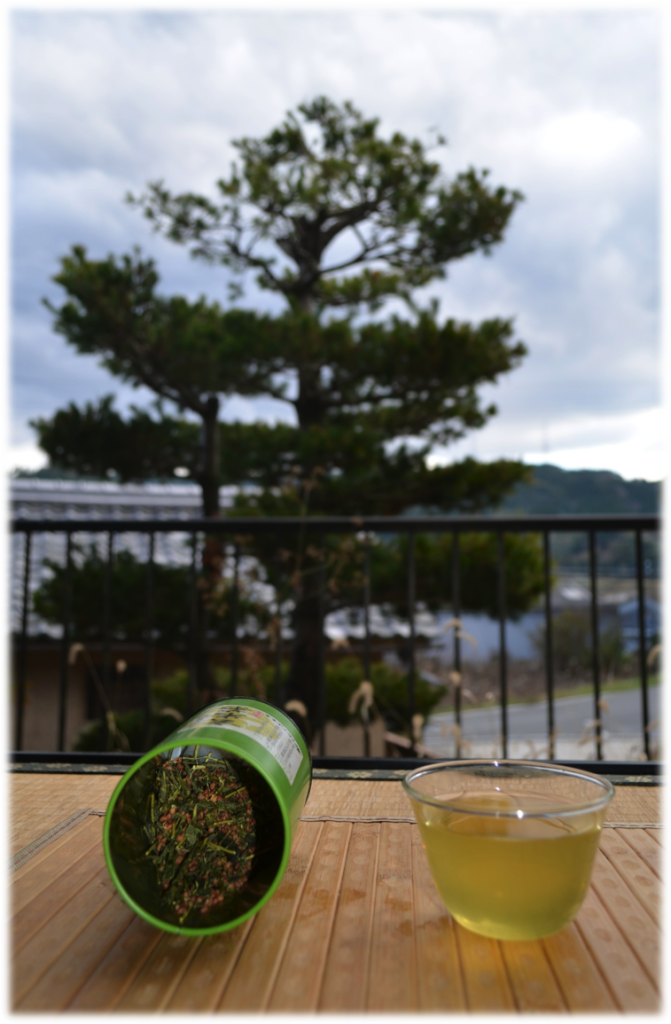 a
a
ENJOY!
a
Below are the links showing how you can brew Japanese green tea using Kyusu and Houhin:
Written by: Azlan Sofyan

